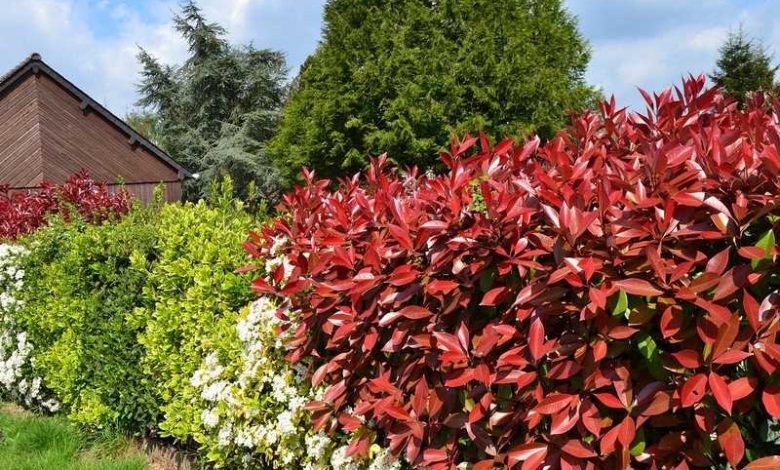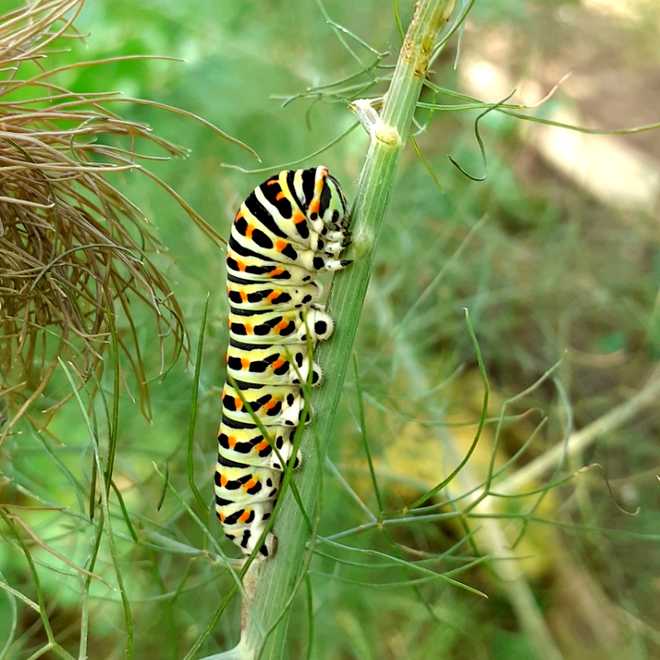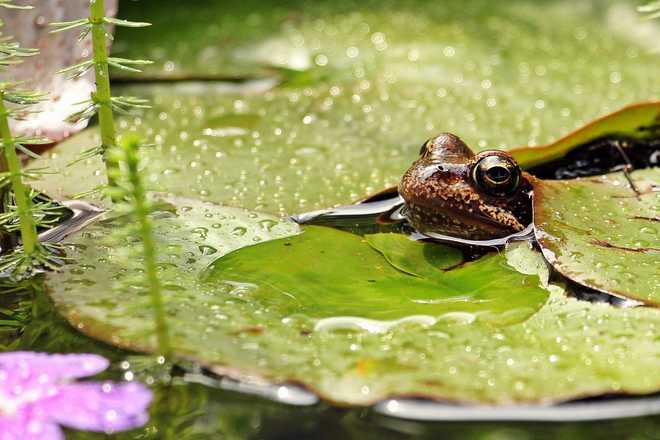
Many gardeners complain that they no longer see birds or butterflies in their gardens. They are often the same who mow their lawns twice a week to have an impeccable lawn instead of letting it go to seed, the same who prefer the order of a Thuja hedge to the freedom to grow from a flowering hedge. , the same ones who plant exotic shrubs rather than local species… Precisely the opposite of what to do when you want to develop a living garden!
Install local plants
Look around your home, in the gardens, the fields nearby. Look out for plants, trees, and shrubs that grow well there. If they thrive well behind the party fence, there’s no reason they can’t do it the same way with you. The local species are always more rustic, more adapted. They therefore require less attention than plants from all over the world.
These local plants are essential links in a living garden. They provide food and a living environment for a large number of animal species, not all visible to the naked eye. The swallowtail caterpillar, for example, needs host plants from the Apiaceae family (carrot, fennel, etc. wild or cultivated) in order to thrive and transform into one of the most beautiful butterflies in Europe.
These same umbellifers also provide food for the harlequin bugs which mass on their flowering heads.

The ecological interest of hedges
The hedge shrubs are a refuge for birds and small mammals. They especially like hedges made up of a mixture of evergreen and deciduous shrubs. If the plant diversity is rich enough, they find many berries and seeds there almost all year round.
The hedge is also the delight of many insects (aphids, caterpillars, adult butterflies, etc.). All this fauna attracts in its wake birds such as chickadees for which insects represent an abundant food source.
The hedge, with its dense foliage and tangle of branches, is not just a pantry for birds. It also offers shelters to take refuge, build their nests and raise their young out of reach of predators.
This plant and animal diversity must be considered upstream. If your garden is located in the Ile-de-France region, you can call on a landscaper in the Yvelines to help you. He is used to designing ecological gardens.
Wilderness corners
Landscaping and creating a living garden go hand in hand. Mineralized spaces, even concreted, can indeed rub shoulders with wilder corners, where a space of freedom reigns frequented by many insects and animals. It’s all about balance.
For example, do not mow your entire lawn. Let areas of tall grass grow. Seed grasses will provide shelter and cover for many insects. The seeds that have fallen to the ground will attract other birds, even in winter!
If you want to add an undeniable decorative added value, sow in a bed a mixture of seeds of annual and perennial plants. By creating a flowery fallow in various prominent corners, you will break up the monochrome effect of the lawn while allowing many animals to live well in your garden!
No more treatment!
In a garden, every plant has its uses. Any insect too! Colonies of pests and parasites reflect imbalances or unsuitable growing conditions. We now have to mourn a perfectly maintained garden, which is too “square”. The excess drifts of previous decades have shown us the importance of giving each plant a place.
Leave aside your thermal weedkiller or plant-based weedkiller. Its effectiveness is in any case almost zero. Instead, hoe or pull out only the plants that annoy the most because they are competing with the ones you want to see grow. If they don’t bother anyone, especially the surrounding plants, why not leave them? Many of these native plants bloom beautifully. All of them are useful.
Likewise, don’t jump on your sprayer at the slightest attack of aphids. If your garden is alive, ladybug larvae, lacewing or chickadee will regulate populations quickly, fixing the problem naturally.
A pond in the garden is a place of life
Water is essential for living things. The arrangement of a pond in your garden offers interesting added value for its biodiversity.
Depending on its size, you can install more or less voluminous decorative aquatic plants, such as water lilies, marsh irises, papyrus… This new habitat will be quickly colonized by amphibians: small reinettes, toads… and frequented by reptiles. Fish can also settle there if the depth is sufficient so that the water does not freeze in winter.

Traditional masonry remains the best solution to create a basin with geometric shapes. Brick walls or concrete blocks assembled with mortar are sufficient. They are then covered with a water repellent coating. Reinforcements at the rear provide good resistance to the walls under water pressure. These arrangements are technical. Do not hesitate to seek advice from landscape gardeners.
Take advantage of the discoveries you will make
A living garden is a great source of discovery and learning for children and adults alike.
With them, you will probably have the chance to listen to new melodious songs, to follow the evolution of a litter of blackcaps, to discover the manners of a hedgehog, a praying mantis and maybe also cross the road of a very beautiful insect unfortunately endangered: the rosalie of the Alps.
